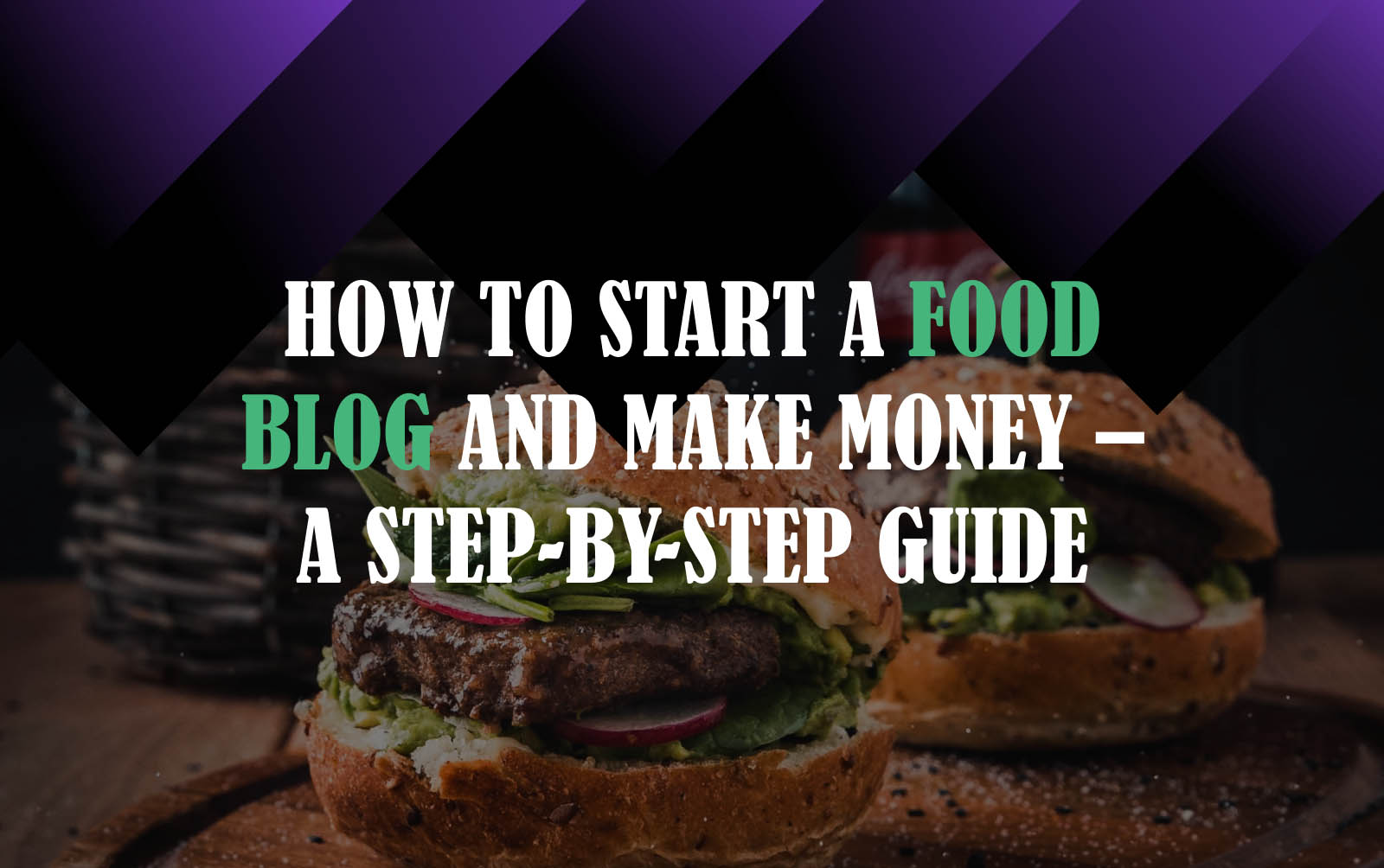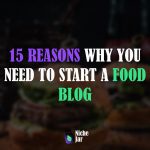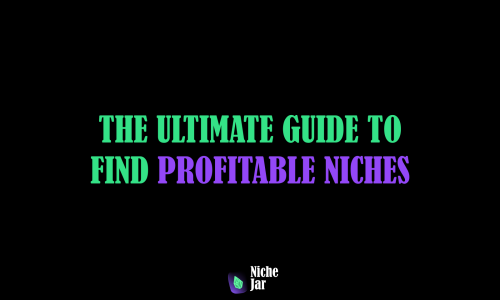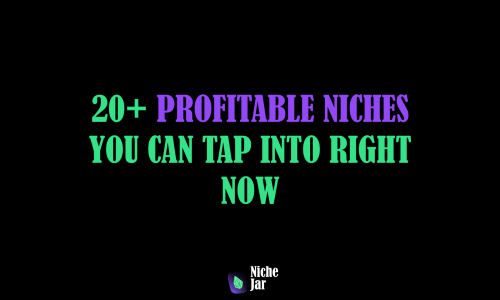- mrpugo
- 0 Comments
- 2509 Views
Actionable guides and tips on how to start a food blog. The Ultimate Guide to Start Food Blogging, Promote It and Make Money Online.
As someone passionate about food and cooking, you may have thought about starting a food blog. A blog is a great way to express creativity and share ideas while making money with your passion.
Starting a food blog can be a very fun, challenging, and beneficial experience. However, take the time and effort to learn how to start a food blog (the smart way), set it up, and see its growth potential.
You’re starting a food blog to establish yourself as an expert and thought leader in your niche. Before you know it, this new site could be opening the door to delicious, unexpected opportunities like book sales, TV appearances, and culinary products. line etc.
See, even if you just want to be a hobby food blogger, you can make your new blog very profitable.
The best part? No coding or technical blogging skills are required. And you don’t need to invest a lot of money to start a food blog today.
So if you’re ready to learn how to start a food blog that makes money, this guide is for you.
In this step-by-step guide, learn how to start a food blog, and how to monetize your food blog.
Why Start A Food Blog
It’s obvious why you’d want to read or follow a particular food blog, but why start one?
The decision to start a food blog ultimately comes down to passion and drive. Any type of blog requires a lot of energy to maintain. To learn a little more, consider why you should start a food blog. Here are some examples of why you should start a food blog:
You love to cook. it’s your passion and you want to share it with the world.
You’re looking to challenge your skills. You can only post about certain types of dishes and things your audience already knows before they get bored. Running a food blog means stepping out of your comfort zone to learn new things and keep people coming back for more. It’s not just about learning new recipes and techniques. Running a food blog means learning other skills such as How to use WordPress, how to do effective social media marketing, and how to take great food photos.
Be part of the community. The food blogging community is very large and the people who make up the community are welcoming and helpful, especially to newbies. You can make friends and find collaborators by being an active member of the community.
Provides creative outlets. Whether you have a specific end goal or not, food blogs offer a variety of ways to get creative: cooking, writing, photography, and more (just to name a few!).
Build credibility and build expertise. A food blog can also act as an online portfolio of sorts. If you have worked in the food industry and want to share tips and insights, appearing as an expert will give you an advantage.
Earning potential. Aside from the above reasons for starting a food blog, you can also make money through affiliate marketing and sponsorships through your food blog. Of course, if your primary motivation for starting a food blog is to make money, you may lose interest in maintaining it long-term.
What is a food blog?
“Food blog” is a very broad term. Food blogs are blogs that record everything from recipes that authors want to try and experiment, with to restaurant reviews, to diary-like descriptions of a person’s life choices. Blogs are personal. There’s no right or wrong way to focus on content.
How to start a food blog
- Choose your food blog niche
- Choose a catchy name for your food blog
- Choose a blogging platform or hosting and design your food blog
- Create blog content and content plan
- Promote your food blog
- Monetize your food blog
Step 1: Start by choosing your food blog niche
The biggest question of the day is how you become a food blogger. Where do you start to find a name for a good food blog in the first place?
None of the above.
First, you need to find a niche for your blog and be very specific. There are now over 570 million blogs online, many of which are about food. A site that is too broad can appeal to a wider audience, but it can be difficult to assert yourself and outperform a multitude of competitors.
By focusing on a specific niche, you’re competing with a select few blogs instead of competing with the internet as a whole. You can find your target group much more efficiently and attract more followers.
How do you find your niche for food blogging?
has different types of food blogs and niches to dig into. Vegan blogs are very popular today, as are paleo, keto, and low-carb diet blogs. is easy.
Whether it’s a hobby or a job, a blog spot in the kitchen takes effort and dedication. If you don’t have passion, you will quickly lose interest and become unnecessarily difficult to pursue.
So what are you interested in? Maybe pastries are your thing, or do you like to make cakes that look very intriguing and realistic? It is recommended that you apply Doing so creates a deeper connection to the topic and makes it easier to find a like-minded audience later on.
Think about why you’re thinking of starting a cooking blog. Think about what you want to share with the world and what inspired you to check out this guide.
Types of Food Blogs
If you’re having a hard time focusing on your niche, explore all the different types of food blogs to see what appeals to you.
- Recipe Blogs (easy recipes for busy people, health and fitness recipes, easy recipes, etc.)
- Sustainable Cooking
- Trends Food Blogs (Vegan Blogs, Vegetarian Blogs, Gluten Free Blogs, Paleo Diet Blogs, etc.) )
- Cooking Blogs (Italian, Greek, Chinese, French, Indian, etc.) .)
- Food and Drink Tasting Blogs
- Cookbook Review Blogs
- Food and Travel Blogs
- Food Photography Blogs
These are just a few examples from which you can get inspired. Get creative and explore all the options to find the perfect niche for you.
Step 2: Choose a catchy name for your food blog
Choosing the right name for your blog can help your blog stand out and quickly grab the attention of your target audience. You can tell who your recipe is for in seconds.
For example, consider the clever, simple, and fun name for Gaby Dalkin’s food blog – What’s Gaby Cooking?
Don’t expect to narrow down your choices right away. First, create a list of blog name ideas and pick a winner. You can start this process by thinking about the type of content you want to publish. Will you post the recipe? If yes, which one? Or do you want to publish content about healthy, plant-based living and restaurant recommendations? Define your direction and blog niche before you pick a name.
Consider different word combinations to describe the content you want to post. Don’t be afraid to use puns and slang. If you’re feeling stuck, you can also try our blog name generator to get the ball rolling.
While you can start a food blog for free using platforms like Medium, Tumblr, or Blogger (or you can create a follow on Instagram first), buying your domain name is the way to go. is important. Start a business or earn income from your food blog.
Free blogging sites around the world severely limit your choices when it comes to design, features, functionality, and the ability to monetize your food blog.
Here are some quick tips for giving your food blog a memorable name.
- Take a closer look at your niche and see if you can come up with something clever or interesting
- Use your name, nickname, or a combination of names (such as Sweet Pg)
- Use domain name generators (like Instant Domain Search) if you’re stuck
- Keep it short, easy to remember, easy to pronounce, and easy to spell
- Use useful keywords in your niche (to indicate your positioning)
- Check out the names of other successful food blogs for inspiration
- Consider your target audience and what might catch their attention
Step 3: Choose a blogging platform or hosting and design your food blog
Host your blog on a reliable web hosting or blogging platform, many of which are user-friendly and free. These hosting companies will often provide free themes and templates for your user interface. Some web hosting companies offer a free domain name when you host your site on their platforms. Alternatively, purchase premium themes, fonts, or plugins for increased functionality and enhanced appearance. Include an “about me” page on your site so that new readers can get to know you.

Using a blogging platform (Content Management System)
The next step in starting a blog is choosing a blogging platform and a reliable web host. Luckily, you don’t have to be a techie to do this. With so many professional features at your fingertips, identifying the right online blogging tool is often all you need to get started.
Using a popular blogging platform such as WordPress or Drupal is an easy way to get your blog up and running quickly as it comes with many of the tools you need to market your website. . Similar to web hosts, many blogging platforms let you buy a domain name through their interface.
Pick your web hosting
However, when choosing the right blogging platform, web hosting shouldn’t be more than two things, if at all. In other words, web hosting makes websites and blogs visible online. For some blogging platforms like Medium, you don’t need hosting.
Reliability is your number one priority. Website uptime is important for good blog browsing. Less than 99.8% is not good enough. Not if you want to make sure readers keep coming back to your content.
Design your food website
Your food blog design should fit your needs and your brand. You can choose from ready-made blog templates or create your own design from scratch. Leverage all the elements of your blog to reinforce your unique brand identity with clear visual language. Set the right tone and message by using different website fonts and color schemes.
Use a Website Builder
There are many website builders such as Wix, Weebly, GoDaddy, Squarespace, and HostGator. These website builders usually offer a drag-and-drop interface so you can quickly create your own website without any coding experience.
If you want (and have the budget), some of these platforms allow you to hire a professional website designer to create your blog.
Make your site mobile-friendly
This starts with choosing a mobile responsive website theme. Mobile-friendliness is one of the most important Google ranking factors.
Want to design products that users love to use every day? Check out our Product design service.
Apply Your Brand Identity
Once your brand identity is clear, turn it into a tangible asset and share it on your website, social media, and other channels you use to interact with your ideal audience I need to be able to. You need to think about the color palette, font specification, and logo you want your readers to associate with your blog. Both website builders and blogging platforms offer a wide variety of themes. Themes help give your blog a consistent look and feel. Most modern themes are mobile-friendly, so you don’t have to worry about how your blog will look on all devices.
Choose a theme that matches your brand design. These themes are customizable, so matching them to your brand identity shouldn’t be difficult.
The thing to keep in mind when creating a blog is that it doesn’t work the first time. Publish the first version of your blog and keep experimenting with designs to see what works.
Need help defining and designing your brand? Check out our Branding and brand design service.
Step 4: Create blog content and content plan
The most important part of your food blog is the content.
Content doesn’t have to be limited to articles (or text) only. It can also take the form of photos (graphics, infographics), videos, and audio (podcasts). Don’t feel pressured to do all of this at once (or any number of times). However, as your food blog begins to grow, feel empowered to explore different mediums based on your interests and audience.
Find out what your audience wants
Understanding what your audience wants is easier than it sounds. For example, you can use analytics tools or blog performance metrics. This way, you can see which previous posts received the most interest and the most views.
You can also create polls or polls for your readers to fill out in an easier way. Ask them about their preferences, interests, and what they want from you.
Spy on competitors
Competitor monitoring is the most important aspect of any business, including food blogs. See what your competitors are doing and see how their readers are reacting to your content. Track what they are doing right and wrong.
Be careful not to imitate. We don’t want to steal our competitors’ ideas or copy their content. Use it just to get inspired and try out new trends.
Plan your food blog content strategy and positioning
Without a content strategy to guide you, it can be easy to mix things up and start discussing blog topic ideas that aren’t relevant to your niche or audience when you start a food blog.
But with a content strategy to help chart your course and inform you on what to blog about, you can:
- Identify your specific ideal audience and why they visit your food blog (Need a specific recipe? Inspiration for weeknight dinner ideas?)
- Focus on your niche and create compelling content that offers unique value to your readers
Follow these steps to create a cohesive content strategy for your food blog:
- Think about your goals and what you want to achieve.
- Research, understand, and learn what your target audience wants and needs on the web. Most Instagram, Pinterest, or Facebook users?
- Use keyword research to find the content ideas and food blog post topics your readers are searching for.
- Decide how often you’ll be posting new content, and once you start, be realistic and consistent.
- Create a content calendar so you know in advance what topics to write about
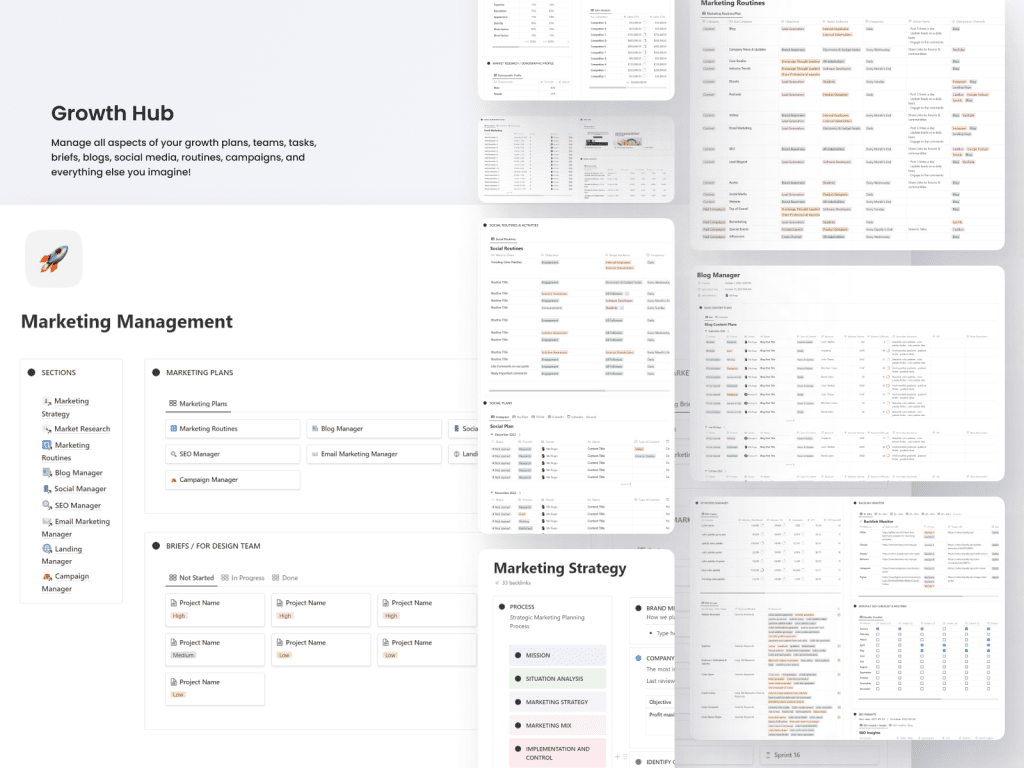
Content Planner Template
Download the Business Hub for Notion to use for your content planning and strategies
Display beautiful images and videos of your food
Viewers can’t taste your food, so you’ll have to strategically use delicious images to get them salivating. A beautiful image that showcases your food will draw visitors to your blog and encourage them to try the recipe for themselves.
Pictures can also be used to demonstrate difficult cooking techniques or to supplement recipe descriptions. Again, videos are especially helpful in making the cooking experience fun and interactive.
- Use free photo editing and design tools
- Use free stock photo libraries
- Keep the lighting uniform
- Learn how to make appetizing photos
- Learn about food staging
- Try to maintain consistency in visuals
- Add videos
- Keep the editing to a minimum
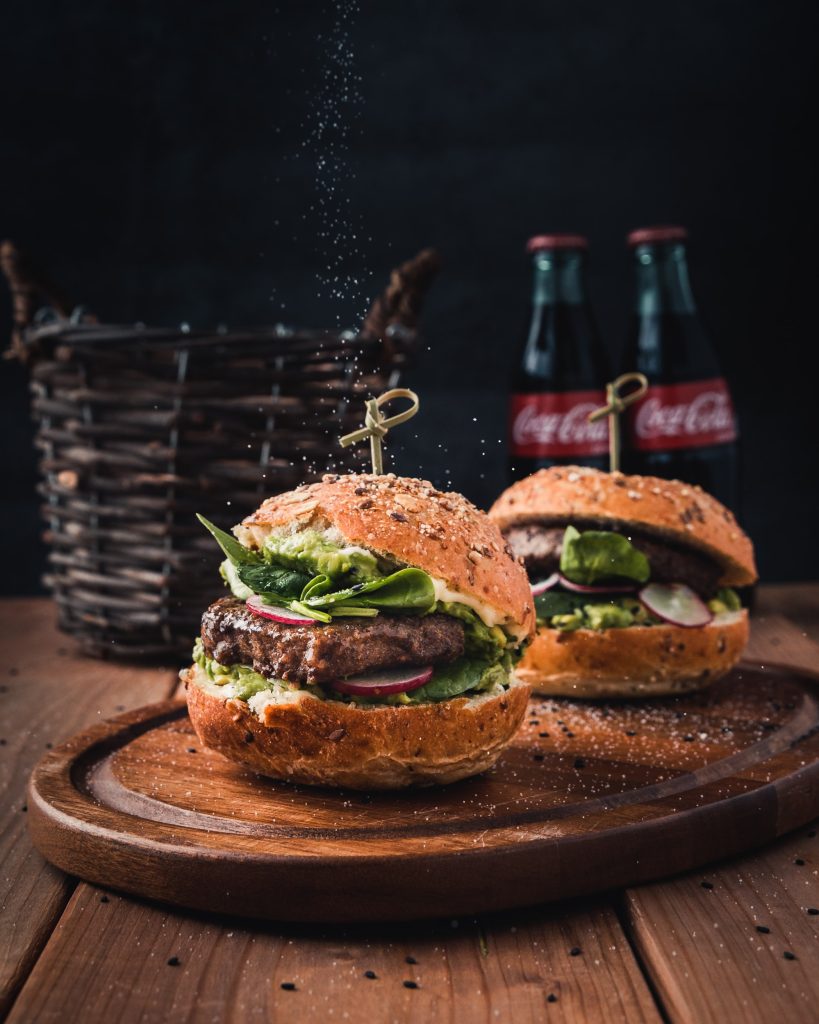
Step 5: Promote your food blog
Reach your target audience with social posts, email marketing, and share buttons. Promoting your posts on various social media platforms and apps is a great way to draw attention to your content. Add share buttons to your articles so that users can send articles to their friends and followers. Create a mailing list to keep your subscribers up to date.
Once you’ve created your blog and started publishing it, it’s time to build your audience. People won’t stumble upon your food website by accident, so you need to work on promoting your blog. There are several possibilities for this.
- Optimize your content for Search engines (SEO)
- Social media marketing (Pinterest, Instagram, Tiktok)
- Collaborations with other food bloggers and influencers
- Find and use long-tail keywords
- Create YouTube channel

Step 6: Monetize your food blog
As your audience grows, you may have the opportunity to generate passive income from your food blog. Common monetization opportunities include brand sponsorships, affiliate marketing (where the blogger uses in-copy links to promote third-party products and receive a portion of the proceeds), and promoting his website. included.
There are several things you can do to increase your food blog’s profitability.
- Create a YouTube channel to promote your blog content and earn money at the same time
- Sell ad space or use Google Adsense or similar ad services
- Introduce related digital products and tangible products in your food blog and earn money with affiliate sales
- Create your foody products to sell. (How-tos, cookbooks, and more…)
Final words
Food blogging is incredibly popular today and can be an exciting and profitable endeavor for those interested. It takes effort, dedication, and dedication, but it is easily worth it. can be
Questions or additional information? We look forward to hearing from you!
